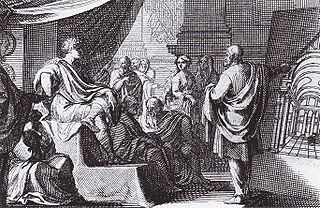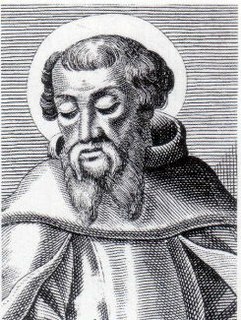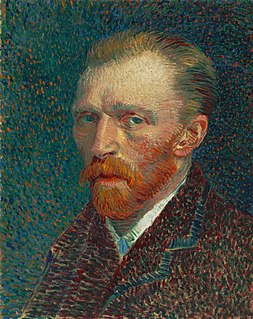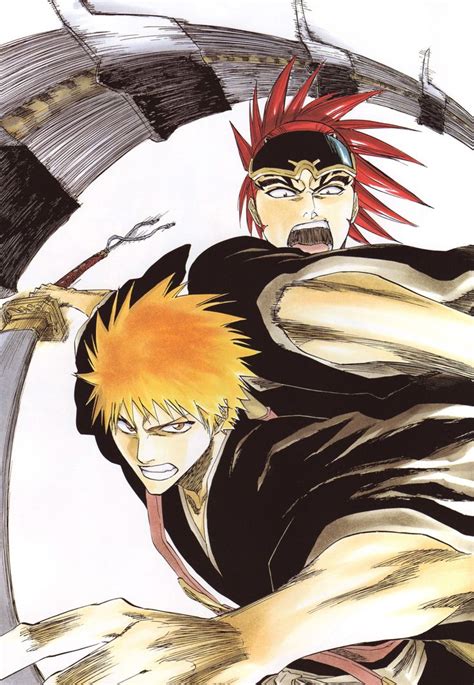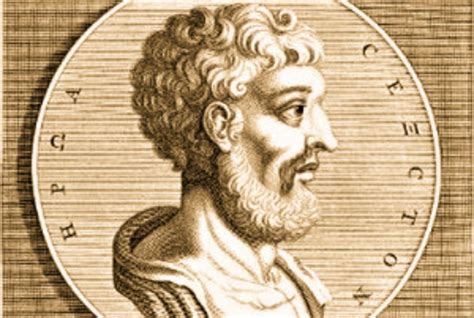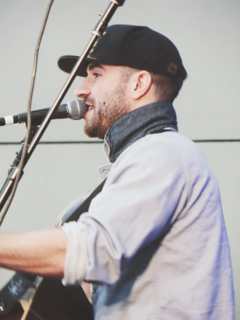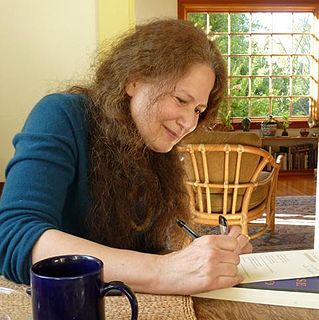A Quote by Marcus Vitruvius Pollio
The stone in quarries is found to be of different and unlike qualities. In some it is soft, in others it is medium, in still others it is hard as in lava quarries. There are also numerous other kinds: for instance, in Campania, red and black tufas; in Umbria, Picenum, and Venetia, white tufa which can be cut with a toothed saw like wood.
Related Quotes
All these soft kinds [of stone] have the advantage that they can be easily worked as soon as they have been taken from the quarries. Under cover, they play their part well; but in open and exposed situations the frost and rime make them crumble, and they go to pieces. On the seacoast, too, the salt eats away and dissolves them, nor can they stand great heat either.
Memories are like a still life painted by ten different student artists: some will be blue-based; others red; some will be as stark as Picasso and others as rich as Rembrandt; some will be foreshortened and others distant. Recollections are in the eye of the beholder; no two held up side by side will ever quite match.
Everything does come from nature. That's where you get new ideas. Just draw the landscape. I felt doing it with a bit of burnt wood was also good because I was drawing burnt wood with a piece of wood. I wanted to do black and white. After using color, I thought black and white would be good. You can have color in black and white. There is color in them, actually.
Others of them employ outward marks ... They style themselves Gnostics. They also possess images, some of them painted and others formed from different kinds of material. They maintain that a likeness of Christ was made by Pilate at that time when Jesus lived among them. They crown these images, and set them up along with the images of the philosophers of the world, such as Pythagoras, Plato, and Aristotle, and the rest. They have also other modes of honoring these images just like the Gentiles.
But once we realize that people have very different kinds of minds, different kinds of strengths -- some people are good in thinking spatially, some in thinking language, others are very logical, other people need to be hands on and explore actively and try things out -- then education, which treats everybody the same way, is actually the most unfair education.
Whereas happiness is the highest good, being a realization and perfect practice of virtue, which some can attain, while others have little or none of it, the various qualities of men are clearly the reason why there are various kinds of states and many forms of government; for different men seek after happiness in different ways and by different means, and so make for themselves different modes of life and forms of government.
The effect of speech upon the condition of the soul is comparable to the power of drugs over the nature of bodies. For just as different drugs dispel different secretions from the body, and some bring an end to disease and others to life, so also in the case of speeches, some distress, others delight, some cause fear, others make the hearers bold, and some drug and bewitch the soul with a kind of evil persuasion.
I like doing stuff like, for instance, in the 'Leave the Night On' video, I had on a plain white T-shirt. I just wanted to do something to it to make it a little different, so I just cut a big strip out of the side, from the shirttail up to my armpit, and cut a big red strip out of another T-shirt and just sewed it in there.
When I recollect her, I see a long list of colors, but it's the three in which I saw her in the flesh that resonate the most. Sometimes I manage to float far above those three moments. I hang suspended, until a septic truth bleeds toward clarity. That's when I see them formulate: THE COLORS RED: [rectangle] WHITE: [circle] BLACK: [swastika] They fall on top of each other. The scribbled signature black, onto the blinding global white, onto the thick soupy red.
